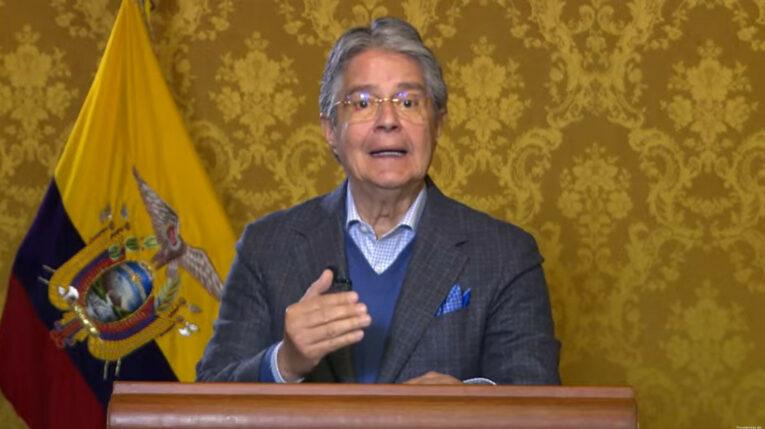Local media have repeatedly questioned that Lasso’s Government presents inaccurate figures on the number of children suffering from this condition.
The latest National Health and Nutrition Survey dates from 2018 and showed that 27.2 percent of children under two years of age suffered from chronic malnutrition at the time.
In April, Lasso presented a preliminary draft of the Organic Law for the Protection and Comprehensive Development of Girls and Boys during Early Childhood, so that the protection of minors was not the program of a Government, but rather a matter of the State in which the necessary resources were invested.
However, according to the director of the United Nations Global Compact Ecuador network, Mariana Tufiño, Ecuador has the second highest percentage of children in a state of chronic malnutrition in the region.
According to Tufiño, the country has problems such as a shortage of drinking water and a lack of conditions for children to have a comprehensive development.
Earlier this year, the National Institute of Statistics and Censuses of Ecuador surveyed more than 10,700 children randomly in a first specialized study with the aim of obtaining specific data and establishing a public policy with available resources to deal with the aggravation.
The Technical Secretary of the Ecuador Grows without Malnutrition program, Erwin Ronquillo, recently stated that after a President takes office, the Secretariat works to strengthen prevention, which is the key to reducing the malnutrition rate.
jg/llp/mem/nta









